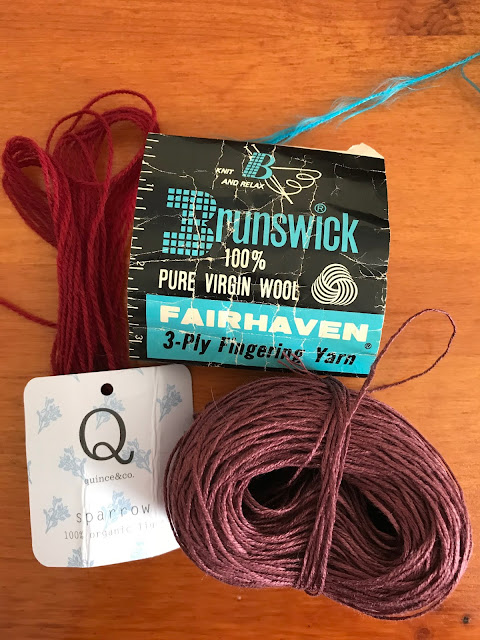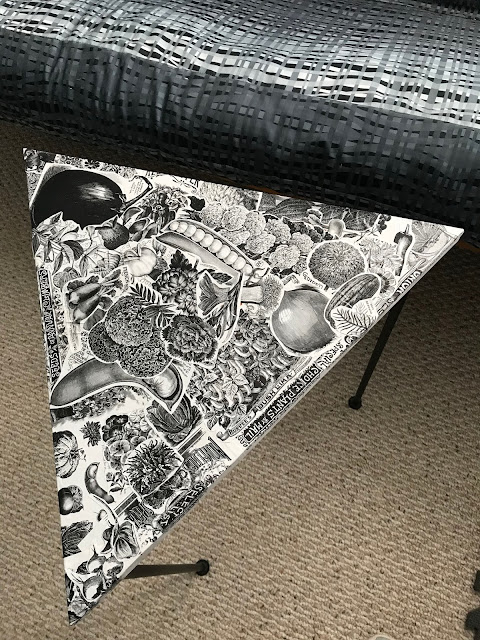I'd pieced these blocks awhile back, intending to make a quilt about Mexican Jenny, the subject of the title poem in my 2014 book, Mexican Jenny and Other Poems. Jenny was a woman who served time in the 1920s in Colorado for killing her husband in self-defense. She had been a sex worker in a mining town, and he'd been her pimp. He'd beat her up for not bringing in enough money, and she killed him "with his own gun." In prison she made a crazy quilt that told some of her story, and that quilt found its way into the personal collection of quilter and quilt collector Eugenia Mitchell. Jenny's story spoke to me as a writer and as a quilter, and I wanted to make this piece as a tribute to her and to her story, which has been told in various ways over the years.

I've finally embellished 3 blocks of this project, and now I'm thinking about it in some new ways. Originally imagined as a quilt, I'm now thinking of it as a fabric book that will not tell Jenny's story in a narrative way, but instead render some of the emotion in her story, as well as engage the complications of representation.
My dear friend Debra has been instrumental in inspiring me to take up this project, as she's also currently making an inspired and personal crazy quilt. Debra also gave me the idea of the fabric book, which appeals to me for several reasons.
The fabric book has freed me to incorporate non-textile media, like the vintage button card I incorporated into the block above. I unthreaded my sewing machine needle and carefully punched holes into the card, and then attached it to this block with a silk-threaded running stitch. I also like the idea that a fabric book allows the viewer to look at individual blocks, one at a time.
The images of women in these blocks come from various sources: a CD of French women from historical postcards (also shared with me by Debra) and an embroidery transfer of a Mexican woman doing laundry from a mid-20th century embroidery pattern.
No matter how much we feel we know about a historical person, that knowledge is always shadowed by other familiar images, in this case about women, and about sex workers.

























































